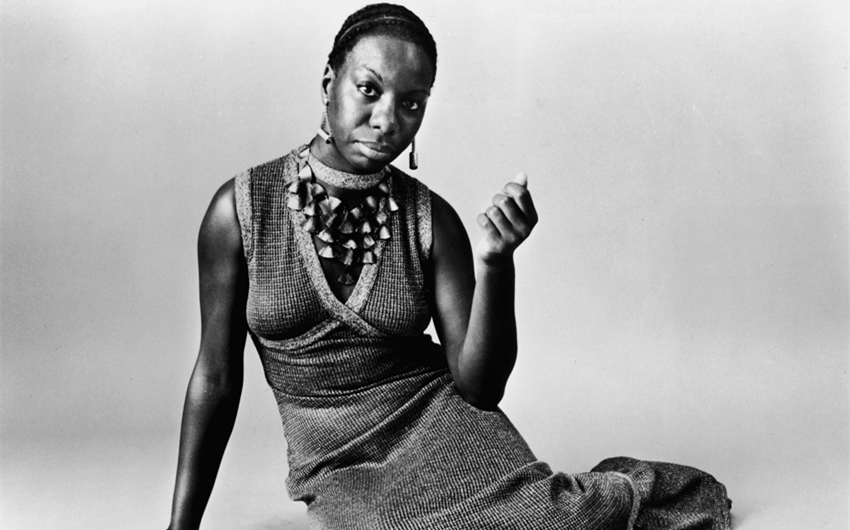Nina Simone Husband: Inside Her Marriages, Triumphs, and Turmoil
Nina Simone remains one of the most powerful and influential voices in American music—an artist whose force transcended genres and whose activism changed the cultural landscape. When people search for information about Nina Simone’s husband, they are often curious about the relationships that shaped the inner life of such a complex, brilliant, and deeply emotional figure. Simone married twice in her lifetime: first to Don Ross, and later to Andy Stroud, the father of her only child. Both marriages had profound impacts on her music, her activism, and her personal struggles, creating a complicated emotional legacy that continues to fascinate fans.
Who Was Nina Simone? A Quick Background
Before diving into her marriages, it is important to understand who Nina Simone was. Born Eunice Kathleen Waymon in 1933 in Tryon, North Carolina, she began playing piano at the age of three. She trained relentlessly, mastering classical repertoire with dreams of becoming the first Black female classical concert pianist. Despite her extraordinary talent, Simone was denied admission to the Curtis Institute of Music in Philadelphia, a moment she always believed was rooted in racial discrimination.
This rejection altered her destiny. To support herself, she began performing in clubs, blending classical piano with jazz, blues, folk, and gospel. Her smoky voice and virtuosic piano style created an entirely unique sound. As the Civil Rights Movement intensified, Simone became one of its most passionate artistic voices, singing songs like “Mississippi Goddam” and “To Be Young, Gifted and Black.” But behind the courage and the artistry was a woman living through emotional storms, and her relationships played a central part in shaping her inner world.
First Husband — Don Ross
Nina Simone’s first marriage was to Don Ross, a beatnik and poet she met during the early rise of her career. They married in 1958, when Simone was still finding her footing as an emerging performer. Ross was charismatic and unconventional, qualities that initially drew Simone to him. However, their marriage quickly revealed deep incompatibilities.
Ross struggled with emotional instability and was not equipped to support Simone’s rapidly growing fame. His jealousy and lack of discipline clashed with Simone’s intense drive and ambition. The marriage deteriorated within a year, marked by arguments, emotional distance, and a lack of shared vision. Simone often described their relationship as chaotic and disappointing, a short chapter that taught her difficult lessons about trust and compatibility.
Their divorce finalized in 1960, leaving Simone determined not to repeat the same mistakes in future relationships. But her next marriage would take her on a far more tumultuous journey—one filled with both professional triumph and personal suffering.
Second Husband — Andy Stroud
Nina Simone’s second marriage was to Andy Stroud, a New York police detective whom she met in the early 1960s. Their relationship began with strong mutual attraction and the promise of stability. Stroud was decisive, commanding, and organized—traits that initially gave Simone a sense of protection and structure. They married in 1961.
Stroud became not only Simone’s husband but also her manager, a position that gave him significant control over her life and career. Under his management, her career skyrocketed. He helped craft her public image, negotiate contracts, book performances, and produce some of her most celebrated recordings. Their professional partnership contributed to Simone’s rise as a global icon.
In 1962, they welcomed their daughter, Lisa Simone. At first, their home life seemed stable and full of promise. But the pressure of Simone’s growing career, combined with the complexities of their power dynamic, soon began to take a darker turn.
The Darker Side of Their Marriage
Simone later revealed that Stroud was physically abusive during their marriage. The relationship became increasingly controlling, with Stroud exerting emotional, financial, and physical domination. While he helped elevate her career, the cost to Simone’s mental and emotional health was devastating.
Her music reflected this inner turmoil. Songs such as “Don’t Let Me Be Misunderstood,” “Four Women,” and even her more politically charged pieces contain shades of longing, rage, exhaustion, and resistance—emotions drawn from both the outside world and her home life.
Simone eventually left Stroud in the early 1970s. Their divorce marked a major turning point, leading her to seek freedom not only from a damaging relationship but also from the pressures of fame, racial oppression, and artistic exploitation. Ending her marriage required immense courage and marked the beginning of a new, if tumultuous, chapter.
How Her Marriages Influenced Her Music and Activism
Both of Nina Simone’s marriages shaped her artistic expression in profound ways. Her early marriage to Don Ross brought emotional instability that fueled her musical introspection. Her marriage to Andy Stroud, filled with both professional success and personal trauma, extracted some of her most powerful performances.
Stroud’s management helped refine her image and boost her visibility, but his controlling nature forced Simone to channel her grief and anger into music. Her songs from this era reflect survival, defiance, and personal truth. Without these emotional experiences, her music might have taken a different form. It was through her pain, resilience, and awakening that Simone delivered some of the most memorable and influential works of the 20th century.
Her activism also intensified during her marriage to Stroud. Fueled by the injustices she saw in her own life and the lives of millions of African Americans, Simone used her platform to deliver bold political messages. Personal oppression and systemic oppression blended into a single, fiery voice.
Her Life After Divorce
After ending her marriage to Stroud, Simone sought solitude and reinvention. She left the United States, eventually living in countries such as Liberia, Switzerland, the Netherlands, and France. These years were marked by both isolation and self-discovery. Simone grappled with mental health issues, financial instability, and the emotional repercussions of her past relationships.
Still, she continued to perform, record music, and advocate for justice. Her later years were shaped by reflection, motherhood, and redefining herself outside the shadow of her marriages. She and her daughter Lisa rebuilt their relationship, and Simone remained active creatively until her death in 2003.
Featured Image Source: thoughtco.com






